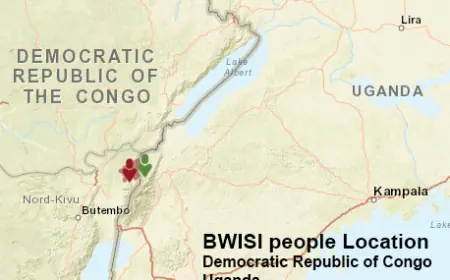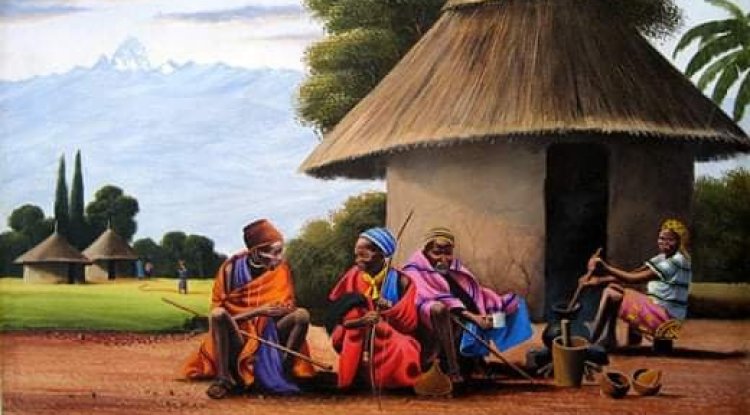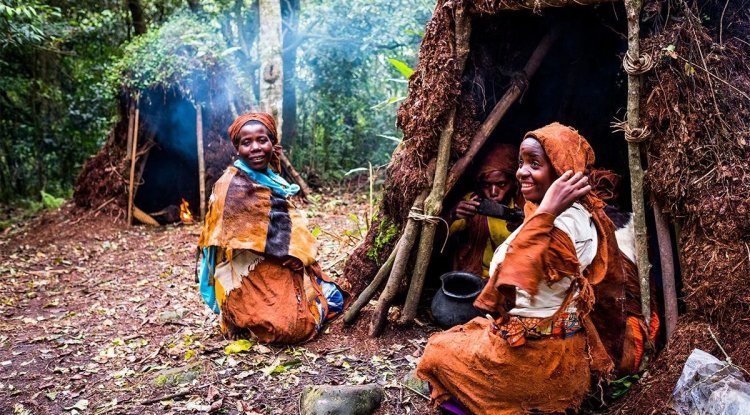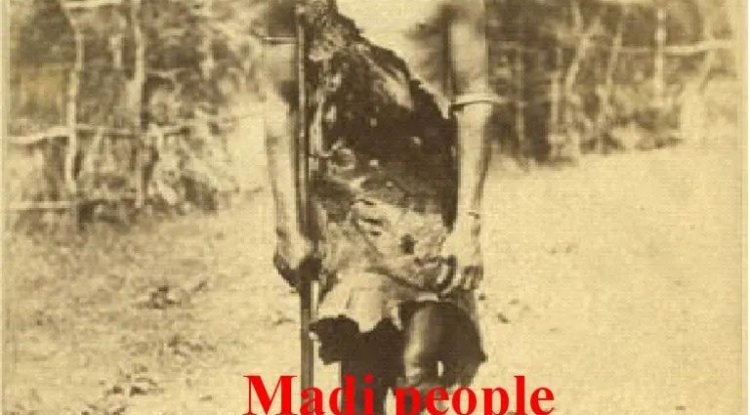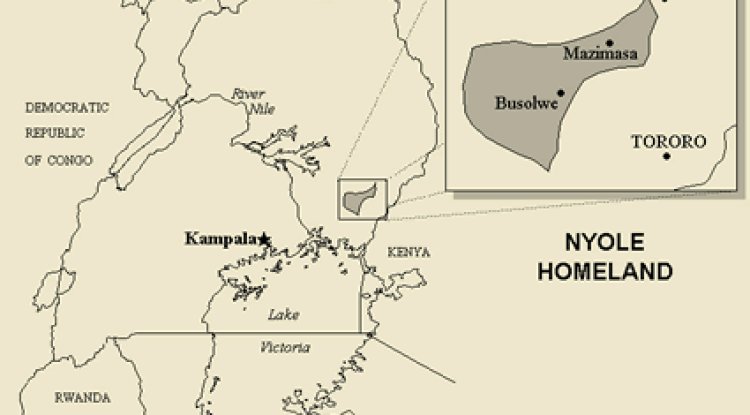Unveiling Uganda's Cultural Tapestry: Exploring the Distinct Identities of Bahima and Bairu
The Bahima and Bairu are two distinct ethnic groups found in Uganda, primarily among the Bantu-speaking people of the country. They have historical, social, and cultural differences that set them apart. It's important to note that the terms "Bahima" and "Bairu" are sometimes used with different meanings in different contexts, and their significance may have evolved over time.
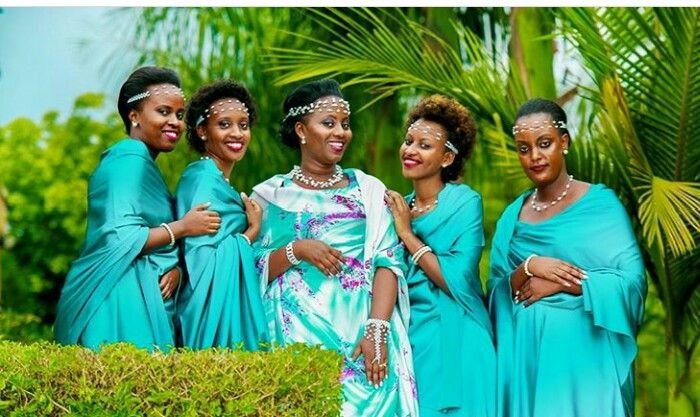
Dikson, A friend of mine, after reading about the Banyankole, wanted to know the difference between the Bairu and the Bahima. So I racked up my brain to find out what really sets them apart.
The differences between the Bahima and the Bairu are not simple or clear-cut, but rather complex and dynamic. They reflect the historical, social, economic, and cultural factors that shape the identity and relationships of the Banyankole people in Uganda. I hope this answer helps you understand more about the Bahima and the Bairu.
Origin
The Banyankore (also Banyankole, attributed to Luganda pronunciation) are a Bantu speaking community found mainly in Ankore region in south-western Uganda stretching westwards from the western shores of Lake Victoria up to the border between Uganda and Congo and also extending into some areas in Congo. They consist of two main ethnic groups, Bairu farmers and Bahima pastoralists. It is believed that Bairu had already arrived and settled in Ankore long before the cattle keeping Bahima arrived from Ethiopia.
They also believe that when the larger Ethiopian/horn of Africa group that was on a southerly migratory trek in search of greener pastures reached Ankore, a group peeled off and settled there and later became known as Bahima. The main group continued further southwards forming the Tutsi in Rwanda and Burundi, and the Banyamulenge in Eastern Congo.
It is known that when the Bahima arrived in Ankore, they were speaking a different language, most probably Ethiopian dialect, but lost it and adopted the Bantu language of the indigenous Bairu.
The differences between the Bahima and the Bairu are rooted in history and politics, but they are not fixed or immutable. In fact, some scholars argue that the distinction between the two groups is more of a class or occupational difference than a racial or ethnic one.
1. Historical Background
The Bahima are traditionally pastoralists, often associated with cattle herding. They are considered to be of Nilotic origin and have historical ties to the Ankole kingdom in western Uganda. The Bahima have been seen as an aristocratic group within Ankole society.
The Bairu are primarily agriculturalists and have been associated with farming activities. They are generally considered to be of Bantu origin and have been considered a more common, less privileged group within Ankole society.
2. Socio-economic Differences
Historically, the Bahima have held a higher social status within Ankole society due to their association with cattle herding and their role in the monarchy. The Bahima also claim to be the descendants of Mugabe, the king of Ankole, who had absolute power over the land and the cattle. They have often been considered part of the aristocracy and have had access to certain privileges and resources.
The Bairu have often held a lower social status compared to the Bahima. The Bairu were considered subjects of Mugabe and had to pay taxes in the form of cows. They were traditionally engaged in agricultural labour and may not have had the same access to resources or influence.
3. Cultural Distinctions
The Bahima have cultural practises and customs related to cattle herding, and cattle have significant social and economic importance within their communities.
The Bairu have cultural practises and knowledge related to agriculture, as farming has been a central part of their way of life.
4. Modern Context
Over time, the distinctions between the Bahima and Bairu have become less pronounced, and socio-economic dynamics have evolved. Modern education, urbanisation, and changes in societal structures have contributed to a more diverse and complex social landscape in Uganda.
In conclusion
The Bahima have a higher social status than the Bairu and traditionally do not intermarry with them. With the changes brought by colonialism, modernization, and globalisation, some Bairu have acquired cattle and wealth, while some Bahima have lost their herds and status. Some Bahima have also adopted farming as a way of life, while some Bairu have embraced pastoralism. Moreover, some Bahima and Bairu have intermarried and formed mixed families, challenging the traditional boundaries between them.
It's important to approach these distinctions with sensitivity and recognise that any grouping of people into categories can oversimplify the diversity and complexity of their cultures and identities. Additionally, social and economic changes over time have led to shifts in these traditional roles and classifications. As with any ethnic or cultural group, it's crucial to avoid stereotypes and acknowledge the individual and societal variations within these groups.
What's Your Reaction?
 Like
0
Like
0
 Dislike
0
Dislike
0
 Love
0
Love
0
 Funny
1
Funny
1
 Angry
0
Angry
0
 Sad
0
Sad
0
 Wow
0
Wow
0





























































